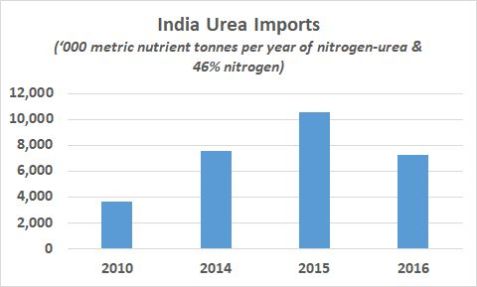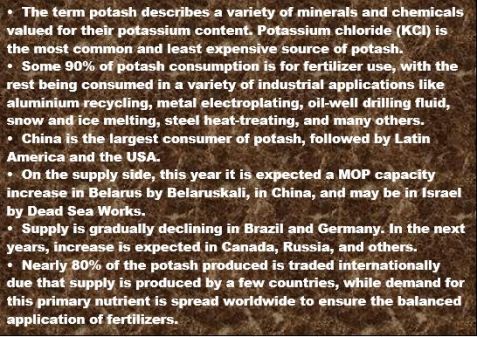
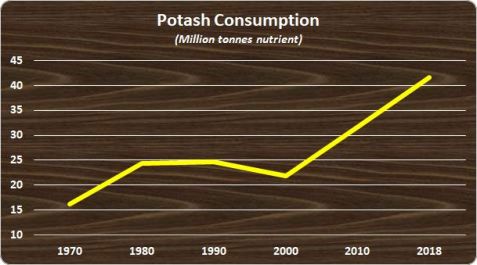
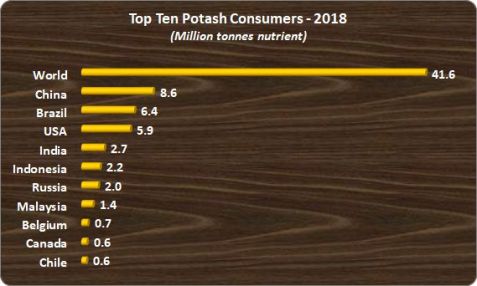
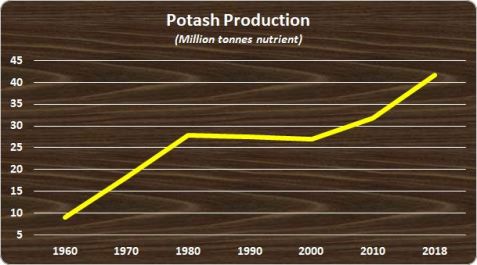
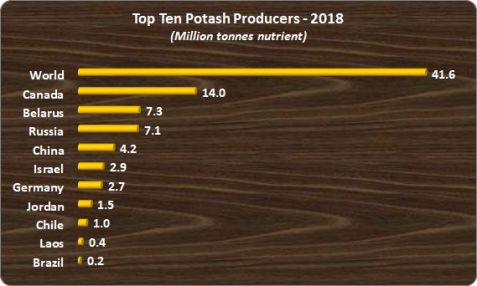
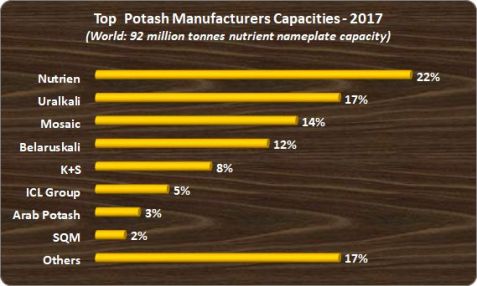
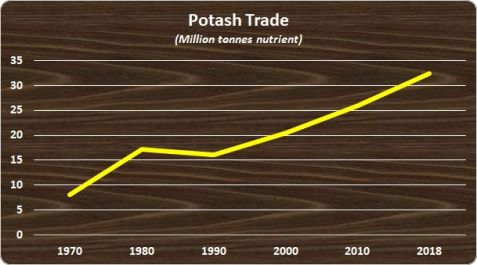
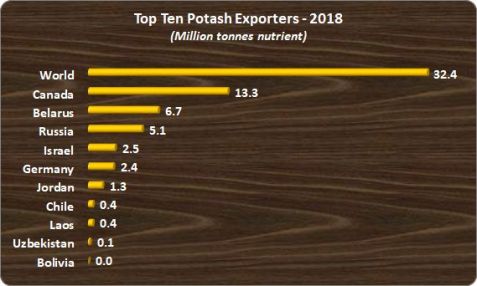
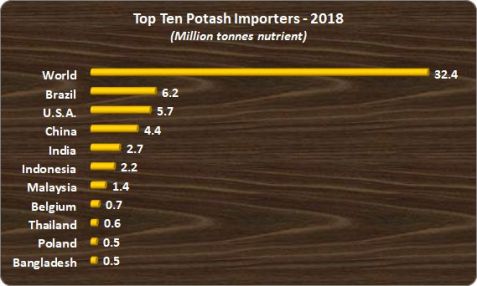
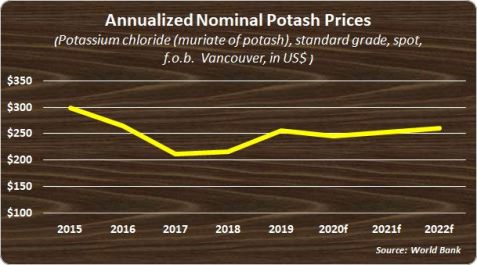
August 4, 2019 at 13:40 (Fertilizers, Industrial News, Phosphate Fertilizers)
PhosAgro, the largest vertically-integrated phosphate enterprise in Russia, has launched a project to build a new, modern phosphate-based fertilizer production facility and energy plant at its Metachem production site. Total investment in the project, which PhosAgro will finance with own and borrowed funds, is estimated at RUB 23 billion. The project is due to be completed by 2023. The project includes the construction of a sulfuric acid production unit with a capacity of 800 ths tpy, a fertilizer production line (including for water-soluble DAP), liquid ammonia storage, a finished product storage warehouse, a 25 MW heat energy generation unit and an overhaul of the extraction phosphoric acid production unit, which will increase output capacity to 500 ths tpy. This is an entire new factory that will increase PhosAgro’s total phosphate rock processing capacity by 1 million tpy (currently Metachem processes 300,000 t) as well as increasing the production of phosphate-based fertilizers that achieve high margins due to Metachem’s logistical advantages. For PhosAgro as a whole, fertilizer production growth will be more than 7%, while phosphate-based fertilizer output will increase by almost 10%, rising by 630 ths t compared to 2018. Metachem’s output of commercial products such as fertilizers, as well as phosphoric and sulfuric acid will increase by 5 times, creating more than 200 new jobs. At nameplate capacity, Metachem’s mineral fertilizer production will exceed 840,000 tpy. This will include the production of MAP, NPK and water-soluble fertilizers used in high-tech agricultural plants for drip irrigation, hydroponics and greenhouse production. Construction will be carried out by Russian contractors. After Metachem became part of PhosAgro in 2012, its environmental safety has gradually increased and its impact on the environment has decreased. Since July 2018, a closed water circulation system has been in successful operation, collecting and purifying all industrial storm water, which is then used in production. The next step is to build a modern chemical water-treatment system. As part of the investment project, there will be a transition to the use of environmentally friendly raw materials such as liquid ammonia. Integration of the fertilizer production facility with a 25 MW power plant, which utilizes high-tech water vapor generation, will significantly reduce the specific energy consumption per tonne of product. This will improve the energy efficiency, resource conservation, environmental impact and productivity of PhosAgro’s Volkhov production site. PhosAgro operates in more than 100 countries. They are the fourth largest ammonium phosphates maker, after OCP, Mosaic, and Ma’aden.
August 4, 2019 at 12:51 (Fertilizers)
The Viana-based Brazilian fertilizer company Fertilizantes Heringer SA is one of the largest players in the Brazilian fertilizer market, which had a capacity to move 6.2 million tonnes of fertilizer per year, used in several types of cultures including soybeans, corn, cotton, coffee and sugar cane. Established in 1968, Heringer had 2.9 billion reais ($794.17 million) in debt by the end of the third quarter 2018, which compares with a market capitalization of 224 million reais. As a result, they have begun a restructuring plan to lower its debt burden based on the closure of several of its plants and distribution centers.
June 14, 2019 at 06:59 (Fertilizers, Phosphate Fertilizers)
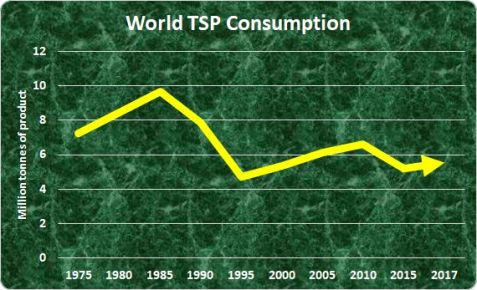
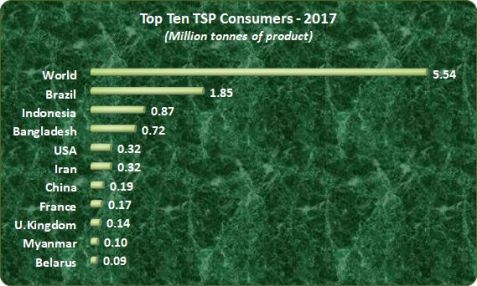
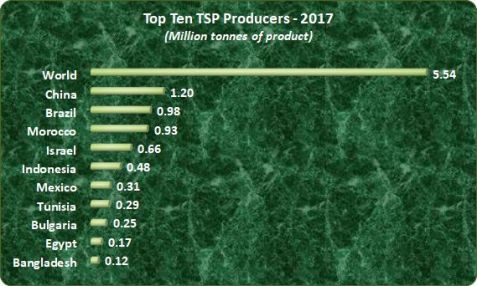
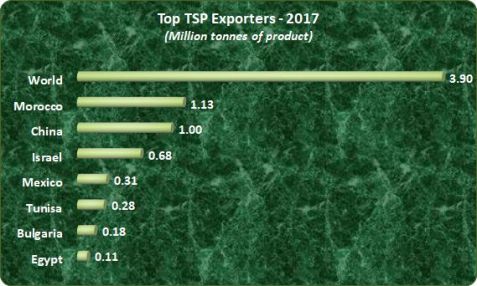
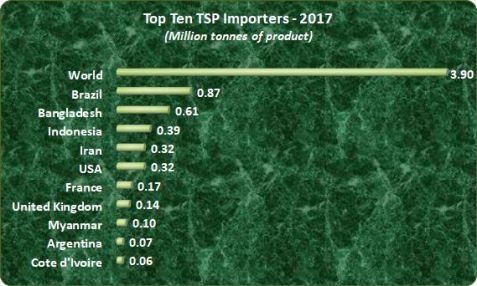
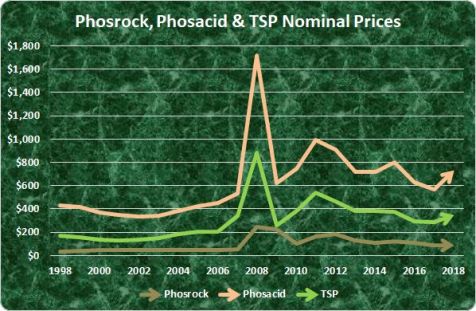
Prices Description:
Phosrock fob North Africa
Phosacid CFR India
TSP spot, import US Gulf
February 7, 2019 at 09:58 (Fertilizers, Nitrogenous Fertilizers, Phosphate Fertilizers, Potash Fertilizers)
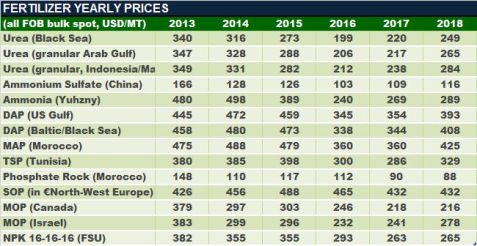
August 23, 2018 at 16:02 (Fertilizers, Nitrogenous Fertilizers)
New urea capacity of around 6.35m tonnes is due to come on stream in India under the New Investment Policy (NIP) set out in 2012. The country is to stop urea imports by March 2021, down from current levels of 6m tonnes/year, as new domestic manufacturing capacity comes on stream.
